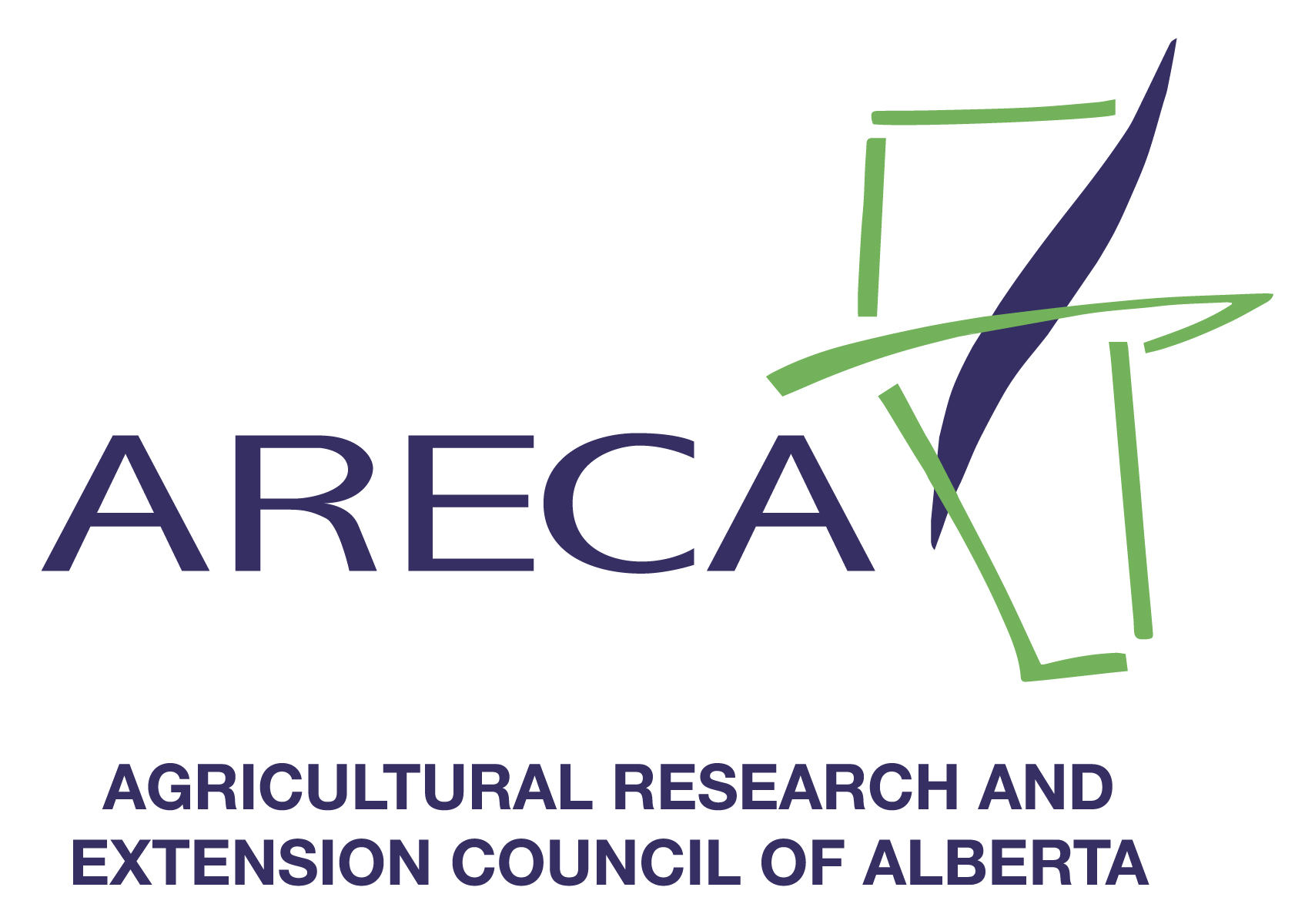New study helps farmers identify opener options
Farmers considering conservation tillage or those already doing it often have the same question: What’s the best opener to use for minimal soil disturbance? It likely isn’t as simple as looking at a side-by-side comparison.
A 2006 study by the AgTech Centre in Lethbridge found that virtually all the openers on the market today have made an effort to reduce disturbance, which helps keep the ground intact and ensures the best seed and fertilizer placement. From there, it depends on what’s being seeded, when it is being seeded and what soil type and condition it’s being seeded into.
“We reported on seven popular openers and each opener was best under different circumstances,” says Blaine Metzger, a project technologist with the AgTech Centre in Lethbridge, who conducted the study. “They were all tested under the same conditions and, based on the individual conclusions, there was no clear winner. A no-till farmer can decide which works best in their operation.”
What to look for
The openers tested in the AgTech Centre study fit on the pneumatic seeders most commonly used in direct seeding operations. They were tested over a two year period both in the field and in an indoor controlled environment soil bin. The researchers measured soil disturbance along with seed and fertilizer placement and opener draft forces through two growing seasons.
Despite the different features of each opener, there were a few features no-till farmers should look for:
- Hydraulic advantage. Hydraulic trip systems are one of the most compelling changes in opener technology over the past several years because they allow a farmer to seed in almost any condition. If a hydraulic system is set properly, with one turn of the hydraulic flow control knob, it can penetrate hard, compact soil with ease.
- Cut through the stubble. “All of the openers we tested had no trouble getting through the stubble, and there were no issues with plugging,” says Metzger.
- Reduced draft. “Three of the seven openers tested placed the seed and fertilizer at the same depth. By not having to go deep to place the fertilizer below the seed, draft was reduced and the opener was more efficient.”
- Optimal contact. Even with improved soil disturbance, some openers throw a lot of soil around the opener during use. The lower the amount of soil thrown means improved seed to soil contact which results in improved seed germination.
Assistance Available
The project report is available from the AgTech Centre or from the opener manufacturer.
This article may be reprinted with the credit: Alberta Environmental Farm Plan
For more how-to fact sheets or other information, visit www.albertaEFP.com.
 Initiative
Initiative



